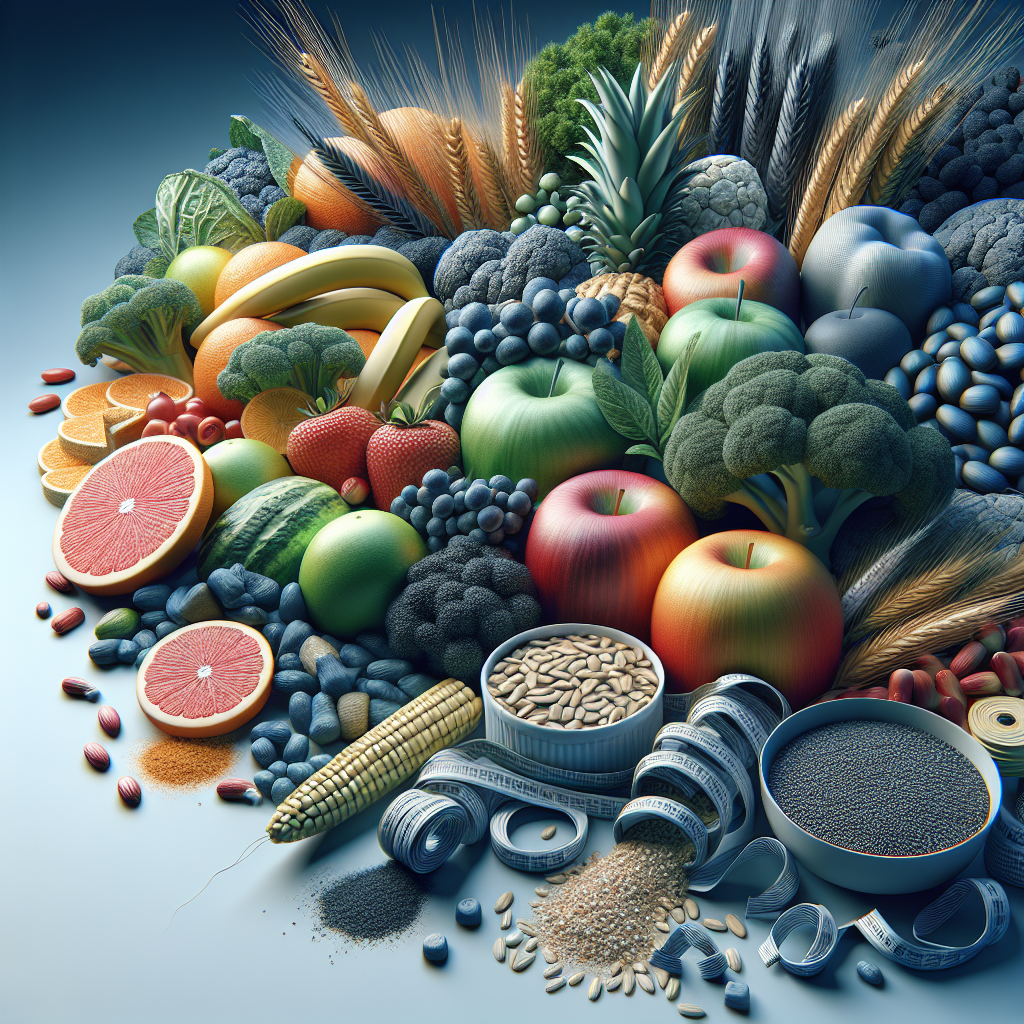In 2025, adopting effective portion control strategies is paramount for maintaining a balanced diet and achieving health goals. Portion control encompasses a variety of techniques designed to help individuals manage food intake effectively, ensuring that meals are nutritious yet satisfying. By understanding portion sizes, employing practical tools, and fostering mindfulness, anyone can enhance their eating habits, leading to improved health outcomes.
The Importance of Portion Control in a Modern Diet
The Growing Concern of Overeating
As lifestyles become increasingly fast-paced, the prevalence of overeating continues to rise. Current statistics indicate that around 70% of adults in the United States are categorized as overweight or obese, a trend that correlates strongly with poor portion control. This dilemma is exacerbated by an overwhelming availability of highly processed foods that often come in large quantities.
Health Implications
Improper portion sizes can lead to numerous health issues, including obesity, diabetes, hypertension, and other metabolic disorders. Maintaining healthy portion control is crucial not only for weight management but also for preventing chronic illnesses. Studies reveal that proper portion sizes can reduce caloric intake by approximately 20-30% without sacrificing satisfaction, highlighting a straightforward pathway to better health.
Strategies for Portion Control
Visual Cues: The Power of Sizing
Human perception of portion sizes can be misleading, but utilizing visual cues can significantly aid in achieving balanced meals.
Plate Size Matters
-
Opt for Smaller Plates: Switching to a 9-inch plate instead of a 12-inch plate can naturally lead to consuming fewer calories. This strategy makes portions appear larger, satisfying visual cues for fullness.
- Use Bowl and Glass Sizes Wisely: Similar principles apply to bowls and glasses. Smaller sizes encourage reasonable serving amounts for snacks and beverages, mitigating risks of overconsumption.
Engaging Mindfulness Practices
The Mindful Eating Approach
Mindfulness is the practice of being present and fully engaged with one’s food experience. Transforming meal times into mindful sessions can help in recognizing hunger cues and satiety signals.
-
Slow Down: Taking 20 to 30 minutes to eat helps the body register fullness. Set meals aside from distractions like screens to prioritize focus on food.
- Engage Your Senses: Noticing the colors, textures, and aromas of food enhances appreciation, helping to prevent mindless eating.
Measuring Out Portions
Kitchen Tools for Success
Utilizing tools for measuring can eliminate guesswork and foster accurate portion sizes.
-
Food Scales: Use a digital kitchen scale to weigh servings, ensuring they align with nutrition guidelines. A scale can dissuade the overestimation common with traditional measuring tools.
- Measuring Cups and Spoons: For items like grains or liquids, measuring cups can enforce standard serving sizes.
Pre-portioning Snacks and Meals
Convenience Packing
Preparing meals and snacks in advance can prevent unhealthy snacking and portion distortion.
-
Batch Cooking: Cooking in bulk and portioning meals into individual containers allows for easily accessible, healthy choices throughout the week.
- Snack Packs: Portion out snacks such as nuts, yogurt, and fruits into single servings instead of eating straight from the bag or container.
Recognizing True Hunger
Differentiating Hunger Signals
Understanding the difference between physical hunger and emotional eating is essential for effective portion control.
-
Physical Hunger vs. Emotional Hunger: Keep a journal of triggers for eating outside of meal times, resolving to eat only in response to genuine hunger cues.
- The 0-10 Hunger Scale: Use this scale to assess your level of hunger before and after meals, helping to establish healthier eating patterns.
Incorporating Technology into Portion Control
Digital Food Journals
Applications for tracking meals and snacks can be invaluable tools for portion control.
- Analyze Eating Habits: Using apps like MyFitnessPal or Cronometer can help users understand their eating patterns. By evaluating the frequency and types of foods consumed, individuals can adjust their portion sizes appropriately.
Smart Kitchen Devices
The advent of technology in the kitchen can enhance portion awareness.
- Smart Scales and Food Trackers: Devices that connect to smartphones and provide real-time feedback on portion sizes can empower users to make informed culinary decisions.
Community and Behavioral Support
Social Influences
One of the strongest factors affecting eating habits is the social environment. Engaging within a community can bolster adherence to portion control strategies.
-
Support Networks: Joining a group focused on healthy eating can provide motivation and accountability. This could involve virtual or in-person communities where members share successes and tips.
- Family Engagement: Encourage family members to embrace similar portion control practices to create an environment conducive to healthful eating.
Behavioral Techniques
Cognitive Behavioral Strategies
Cognitive-behavioral techniques target the psychological aspects of eating habits.
-
Identify Patterns: Work through patterns of unhealthy eating by identifying triggers and consequences, thereby facilitating healthier choices.
- Reinforce Positive Behaviors: Celebrate small victories in portion control to solidify positive habits over time.
Educational Resources
Enhanced Nutritional Guidance
Understanding nutrition is crucial for making informed choices about portion sizes. Educational programs offered by local health departments or community centers can provide necessary insights.
-
Workshops: Attend cooking classes focused on healthy meal preparation that emphasize portion sizes while integrating nutrition education.
- Online Courses: Explore online platforms that offer courses on nutrition science to enhance understanding of healthy eating principles.
The Future of Portion Control
Trends Influencing Portion Size Standards
As society evolves towards more health-conscious decisions, trends such as plant-based diets, zero-waste eating, and sustainability may influence portion control strategies.
-
Plant-Based Eating Trends: As more people shift to plant-based diets, understanding portion sizes for vegetables and legumes becomes essential in achieving balanced plates.
- Sustainability and Waste Reduction: Encouraging smaller portion offerings can minimize food waste, responding to environmental concerns while promoting health.
Conclusion
Adopting effective portion control strategies is an integral component of a healthy lifestyle in 2025 and beyond. By employing visual cues, mindfulness practices, proper measuring tools, and engaging in community support, individuals can foster lasting habits that enhance their overall health. The combination of technology, education, and behavioral support creates a holistic approach to understanding and implementing portion control effectively. Embracing these strategies will not only aid in personal health goals but contribute to a broader culture of wellness in society.
References & Further Reading
- National Institute of Health (NIH). "Guidelines on Portion Control."
- Academy of Nutrition and Dietetics. "Mindful Eating: A Guide."
- The Obesity Society. "Understanding the Importance of Portion Control."
Tables and Charts:
| Food Item | Recommended Portion Size | Common Serving Size | Overconsumption Risk |
|---|---|---|---|
| Cooked Rice | 1/2 cup | 1 cup | High |
| Cheese | 1 oz | 2 oz | Medium |
| Pasta | 1 cup | 2 cups | High |
| Meat (Chicken) | 3 oz | 6 oz | High |
This table provides an overview of common portion sizes versus typical servings, highlighting the overconsumption risk associated with larger portions.
With thoughtful consideration of portion control, individuals can not only manage their weight but also enhance their overall health in a sustainable manner.












